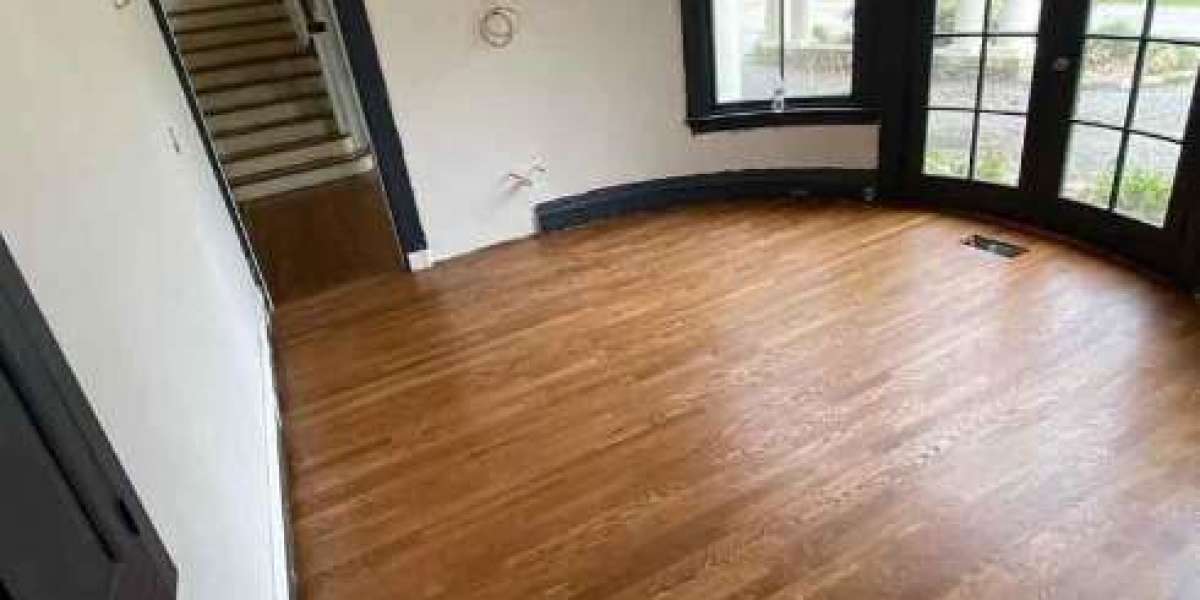Wood floors are timeless, adding warmth, elegance, and value to any home or space. However, over time, even the most well-maintained wood floors can begin to show signs of wear and tear. Scratches, dullness, and uneven surfaces can detract from the beauty of your floors and the overall ambiance of your home. This is where wood floor sanding comes into play—a process that not only restores the appearance of your floors but also enhances their durability and lifespan.
Understanding Wood Floor Sanding
Wood floor sanding is a meticulous process that involves removing the top layer of wood to reveal a fresh surface underneath. This process is typically done using specialized equipment such as a floor sander, which effectively strips away imperfections like scratches, stains, and unevenness. The goal is to achieve a smooth and level surface that can then be treated and finished according to your preferences.
When Should You Consider Sanding Your Wood Floors?
Knowing when to sand your wood floors is key to maintaining their beauty and structural integrity. Here are some common reasons why homeowners opt for wood floor sanding:
- Surface Damage: Over time, wood floors can accumulate scratches, dents, and other surface imperfections that detract from their appearance.
- Unevenness: If your floors have become uneven due to wear or changes in humidity, sanding can help level out the surface for a smoother look and feel.
- Staining and Discoloration: Deep stains or discoloration that cannot be removed through regular cleaning may require sanding to restore the natural color of the wood.
- Preparing for Refinishing: If you plan to refinish your floors with a new stain or sealant, sanding is typically the first step to ensure the new finish adheres properly and looks uniform.
- Renovation or Restoration Projects: When renovating or restoring an older home, sanding the wood floors can breathe new life into the space while preserving its original character.
The Wood Floor Sanding Process
Step 1: Inspection and Preparation
Before sanding begins, a thorough inspection of the floors is conducted to assess their condition and identify any areas that may require special attention. Furniture and fixtures are moved or covered to protect them from dust and debris.
Step 2: Sanding
The sanding process itself is carried out using progressively finer grits of sandpaper to ensure a smooth and even finish. Coarse grits are used initially to remove the old finish and surface imperfections, followed by finer grits to refine the surface.
Step 3: Edge Sanding and Detailing
Edges and corners, which are often missed by the main floor sander, are carefully sanded using handheld tools to achieve a uniform appearance throughout the room.
Step 4: Vacuuming and Cleaning
Once sanding is complete, the entire area is thoroughly vacuumed and cleaned to remove dust and debris. This step is crucial to ensure a clean surface for the application of stains, sealants, or finishes.
Step 5: Finishing
Depending on your preferences, the freshly sanded floors can be finished with a variety of treatments, including stains to enhance the natural color of the wood, sealants for added protection, or oils for a more natural look and feel.
Benefits of Wood Floor Sanding
The benefits of wood floor sanding extend far beyond aesthetic improvements. Here are some key advantages:
- Restores Appearance: Sanding removes surface imperfections and reveals the natural beauty of the wood, making your floors look like new again.
- Extends Lifespan: By removing old finishes and imperfections, sanding can extend the lifespan of your wood floors, delaying the need for costly replacements.
- Enhances Durability: A properly sanded and finished wood floor is more resistant to scratches, stains, and wear, making it easier to maintain over time.
- Increases Home Value: Well-maintained wood floors are a desirable feature for potential buyers and can increase the overall value of your home.
- Improves Indoor Air Quality: Sanding and refinishing your floors can eliminate trapped dust, allergens, and other contaminants, contributing to better indoor air quality.
Choosing the Right Professional
While DIY sanding kits are available, achieving professional results often requires the expertise and equipment of experienced professionals. When choosing a wood floor sanding company, consider the following factors:
- Experience and Reputation: Look for a company with a proven track record of quality workmanship and customer satisfaction.
- Certifications and Insurance: Ensure the company is properly certified and insured to protect against accidents or damage during the sanding process.
- References and Portfolio: Ask for references and examples of past projects to gauge the company's skill and attention to detail.
Conclusion
Wood floor sanding is a transformative process that can revitalize the appearance of your home while enhancing the longevity and durability of your wood floors. Whether you're preparing for a refinishing project, addressing surface damage, or simply refreshing the look of your space, professional sanding services can make a significant difference. By understanding the process and benefits of wood floor sanding, you can make informed decisions to ensure your floors remain a beautiful and enduring feature of your home for years to come.








